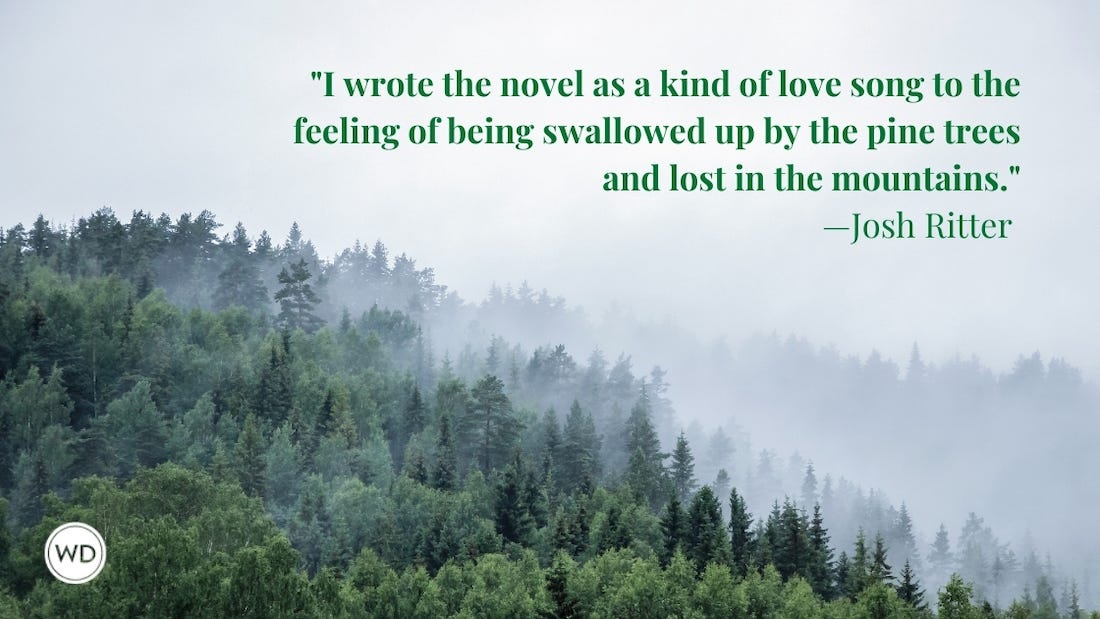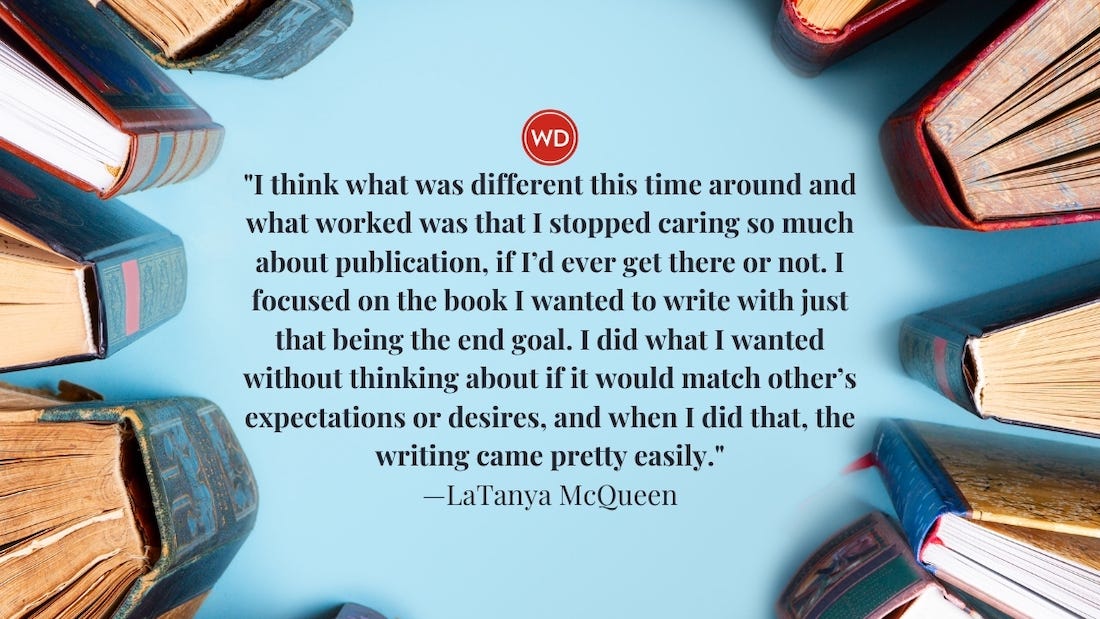Bette Lee Crosby: The Pros & Cons of Writing a Series
Are you considering writing a series? Here, Bette Lee Crosby offers some of the benefits and challenges of composing more than one novel in the same universe.
There is little question that series novels have found favor with readers, but what about with the author? Is it more enjoyable to write a string of novels with a pre-established world and familiar characters, or start from scratch and write a stand-alone book?
Regardless of the number of authors polled, I’m certain you’d find a wealth of differing opinions. The truth is that there are advantages and disadvantages to both.
I spent the early years of my career in marketing where I wrote sell copy, trade publication articles, speeches and dozens of other things. Each project began and ended with a specific assignment. When I switched to writing fiction, it seemed only natural that I write in the style I was accustomed to: self-contained narratives that began and ended within the framework of the individual story.
Writing stand-alone novels gives an author the freedom to create a world as they move through it. There is no thought of what came before; there is only the “now” of the story, so the author discovers it in much the same way as a reader does.
I started with Spare Change, The Twelfth Child and Cracks in the Sidewalk. All three books won awards and received great reviews. Two of them even hit the USA Today bestseller list, but they were stand-alone novels. The very nature of a stand-alone is that it ends at the back cover; it does not automatically pull the reader into the next book.
Order a copy of Bette Lee Crosby's The Summer of New Beginnings.
In today’s highly competitive book market, discoverability is a critical factor. Once you’ve crossed that bridge, the next challenge is to keep the reader who enjoyed your first book moving on to the second and third. Hence the value of writing a series.
Regardless of how good my stand-alones were, I was missing out because I ignored that continuity factor. Soon I found myself faced with a dilemma: do I continue to write in the style that had been so successful for me, or do I get serious about working in a series format?
To find the answer, I had to first find the truth about series novels. Up until then I’d been looking at these books with tunnel vision, seeing only a group of firemen, cowboys or bare-chested brothers. All pretty much the same, but with slightly differing story lines. That was a big mistake on my part.
Determined to make it onto this pathway, I loaded my Kindle with dozens of series novels and began a reading frenzy. What I discovered was that the trail leading from one book to the next can be a single thread. I didn’t have to back away from my writing style; I simply had to weave that silken thread through my stories.
My first venture was to turn the best-selling Spare Change, into Book One of what later became the Wyattsville Series. I wrote Jubilee’s Journey, the story of two orphans from the coal mining mountains of West Virginia. I was able to create a thread that carried readers from one book to the next. Sooner or later the characters in subsequent books had to pass through or end up in the fictional town of Wyattsville, the town I’d created when I first wrote Spare Change. The Memory House Series turned out to be much the same, only in those books my carry-through thread was the ninety-year-old woman who ran a small apothecary at Memory House.
Now I’m on to my next adventure.
My newest novel The Summer of New Beginnings is scheduled for release in March 2018. It’s the story of two sisters, a dog and a baby. The story is set in yet another fictional town, Magnolia Grove, Georgia. It’s written in that deep character-rich style I’ve grown accustomed to, and with a second book underway another series is always a possibility. I may write other stand-alone novels in the future, and it’s exciting to know my writing style can fit both types of books.
Bette Lee Crosby is the USA Today bestselling author of 18 novels, including Spare Change and the Wyattsville series. She has been the recipient of the Royal Palm Literary Award, Reviewer’s Choice Award, FPA President’s Book Award, International Book Award, and Next Generation Indie Award, among many others. Her 2016 novel, Baby Girl, was named Best Chick Lit of the Year by Huffington Post. She laughingly admits to being a night owl and a workaholic, claiming that her guilty pleasure is late-night chats with fans and friends on Facebook and Goodreads. To learn more about Bette Lee Crosby's work, stop by her website at www.betteleecrosby.com









